New printing technique uses cells and molecules to recreate biological structures
(Nanowerk News) Researchers from Queen Mary University of London have developed a printing technique using cells and molecules normally found in natural tissues to create constructs that resemble biological structures.
These structures are embedded in an ink which is similar to their native environment and opens the possibility to make them behave as they would in the body.
This allows the researchers to observe how cells work within these environments and potentially enables them to study biological scenarios such as where cancer grows or how immune cells interact with other cells, which could lead to the development of new drugs.
Learn more / En savoir plus / Mehr erfahren:
https://www.scoop.it/t/21st-century-innovative-technologies-and-developments/?&tag=3D+Bioprinting
https://www.scoop.it/t/21st-century-innovative-technologies-and-developments/?&tag=3D-Printing



 Your new post is loading...
Your new post is loading...

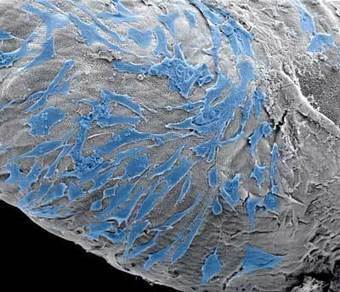

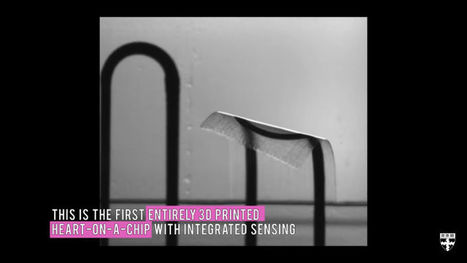

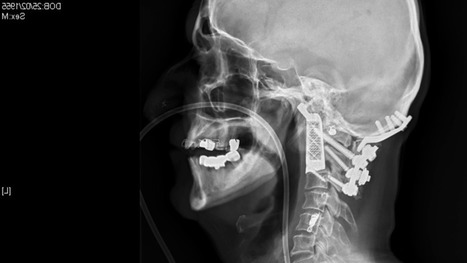
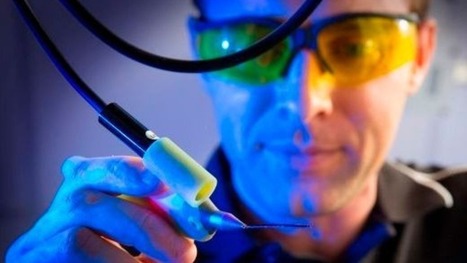
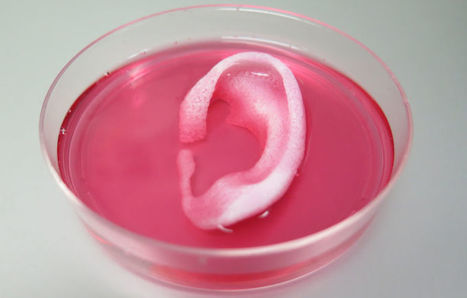






New printing technique uses cells and molecules to recreate biological structures
(Nanowerk News) Researchers from Queen Mary University of London have developed a printing technique using cells and molecules normally found in natural tissues to create constructs that resemble biological structures.
These structures are embedded in an ink which is similar to their native environment and opens the possibility to make them behave as they would in the body.
This allows the researchers to observe how cells work within these environments and potentially enables them to study biological scenarios such as where cancer grows or how immune cells interact with other cells, which could lead to the development of new drugs.
Learn more / En savoir plus / Mehr erfahren:
https://www.scoop.it/t/21st-century-innovative-technologies-and-developments/?&tag=3D+Bioprinting
https://www.scoop.it/t/21st-century-innovative-technologies-and-developments/?&tag=3D-Printing